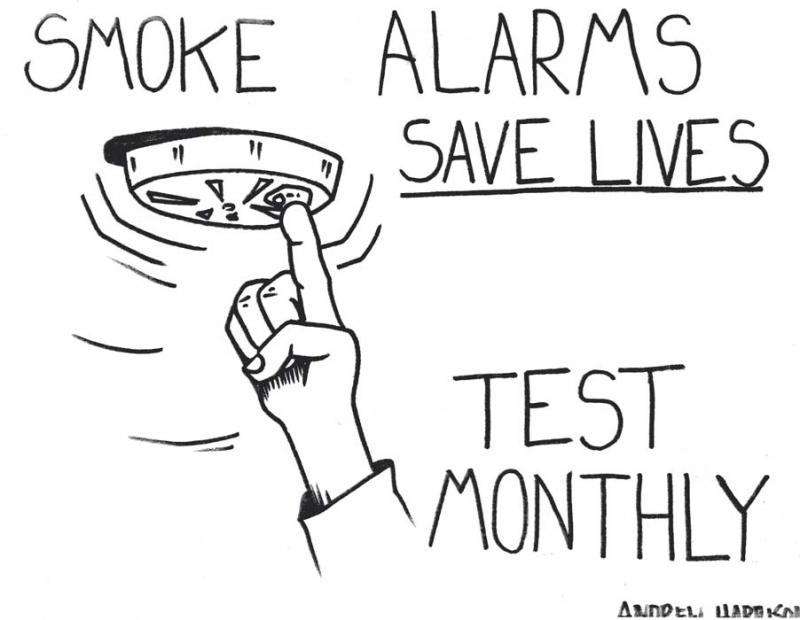|

It happened again. In July, a 4-year-old boy heard a smoke alarm going off in his home, and he roused his sleeping parents in time to escape from a fire in their Indianapolis home. Fortunately, the sound of the smoke alarm woke the boy, who then ran screaming into his parents' bedroom. The boy, his parents and their three dogs safely fled the home as smoke and flames came up from the basement. The cause was electrical wiring in the basement, which was under renovation.
Philadelphia firefighters responded to a house fire in July as well. At that fire, smoke alarms went off, waking up the husband and wife. The husband followed the family escape plan and made it out of the home safely. The wife did not get out and ended up trapped by the fire in an upstairs bedroom. The husband did all he could do. He told his wife to stay at the window and to keep her head outside to get fresh air. Firefighters arrived, knocked down the flames and made their way upstairs for the rescue.
Stories like this happen on a regular basis. The single best piece of equipment you can have in your home from a safety point of view is the smoke alarm. Having a minimum of one per floor and outside sleeping areas makes sure they will detect smoke early and give warning to family members. Since most fires happen during the night when most people are sleeping, consider them an essential item in your home.
They may be hard-wired into your home's electrical system. They may be single-station, battery-operated units. They may be powered by a 10-year lithium battery. They may also serve other functions, such as being a carbon monoxide alarm, lighting up a lamp pointing the way out, or having a vocal message that allows users to record their own messages to family members. No matter how they are powered, or what options you choose, the smoke alarm is a life saver.
Once installed, they need to be tested monthly. Take the family on a trip through the home and let them press and hold the “test” button until the alarm sounds. While you are at it, make sure you test the carbon monoxide alarms as well. For those alarms powered by traditional nine-volt batteries, make sure they are replaced every year. Pick a date that is easy to remember, such as Christmas or your birthday.
Make sure that your family knows what to do if the smoke alarm sounds in the middle of the night. This is where your home escape plan comes into play. You should have two ways out of every room in the home, and an outside meeting place everyone goes to for accountability reasons. Once outside the home, you can call 911 and when the first arriving fire trucks show up, have one person let them know that everyone made it out safely, or if someone is missing and where they were last known to be.
Safety is something we all want. Will you take the few minutes necessary to make your home a safer one?
Tom Kiurski is training coordinator for the Livonia Fire Department.
|
